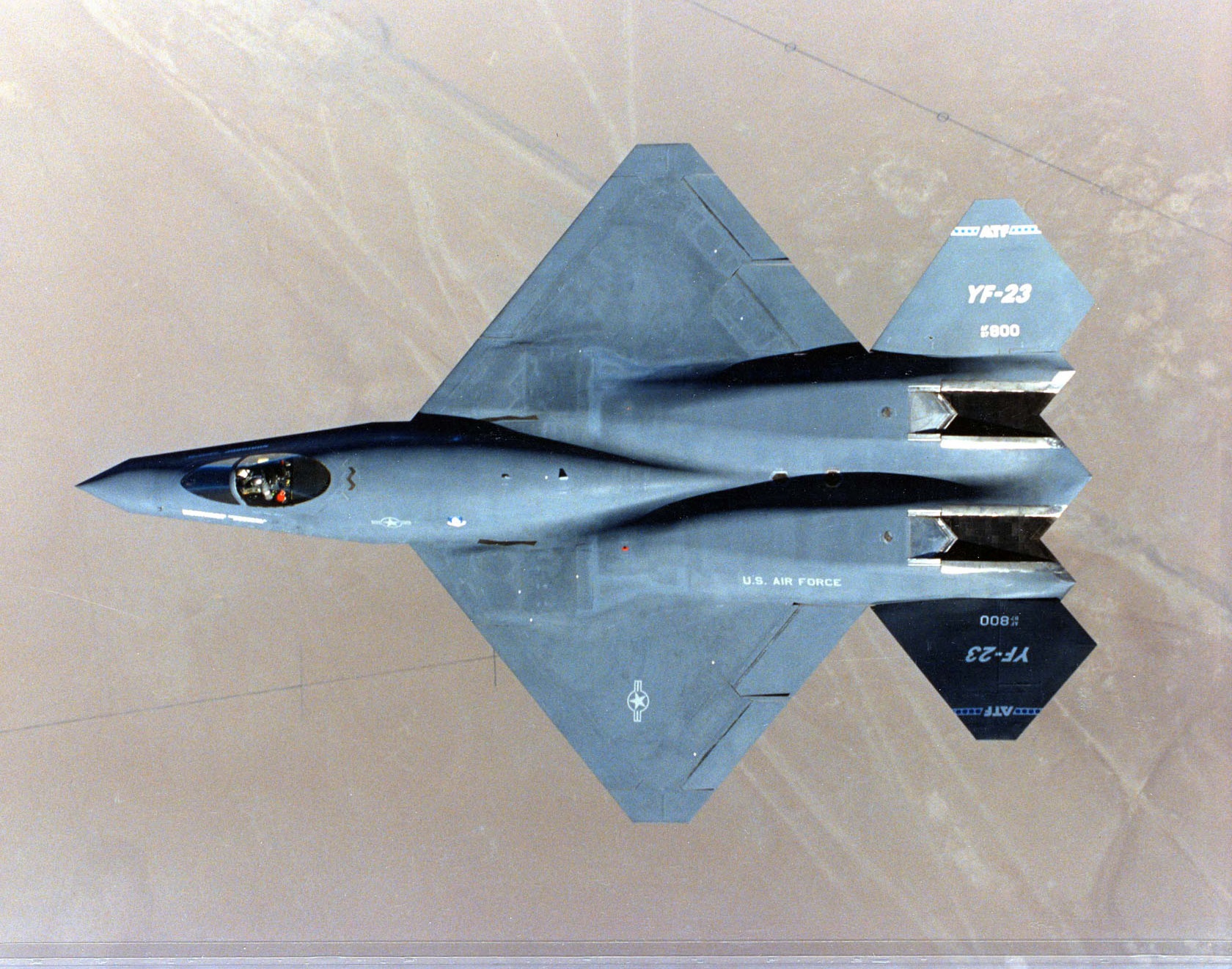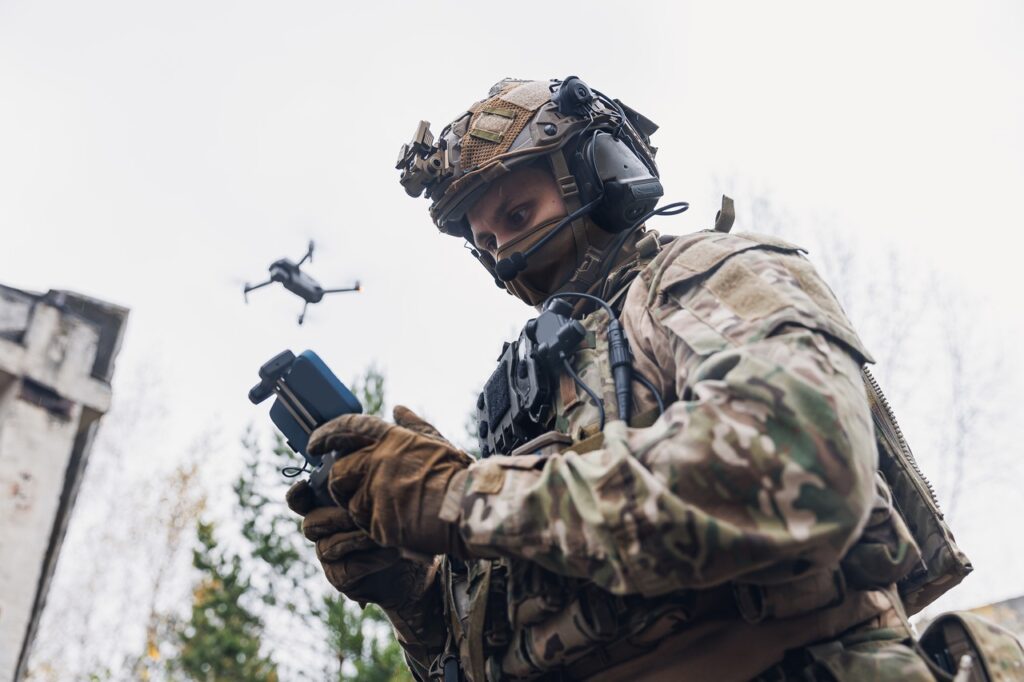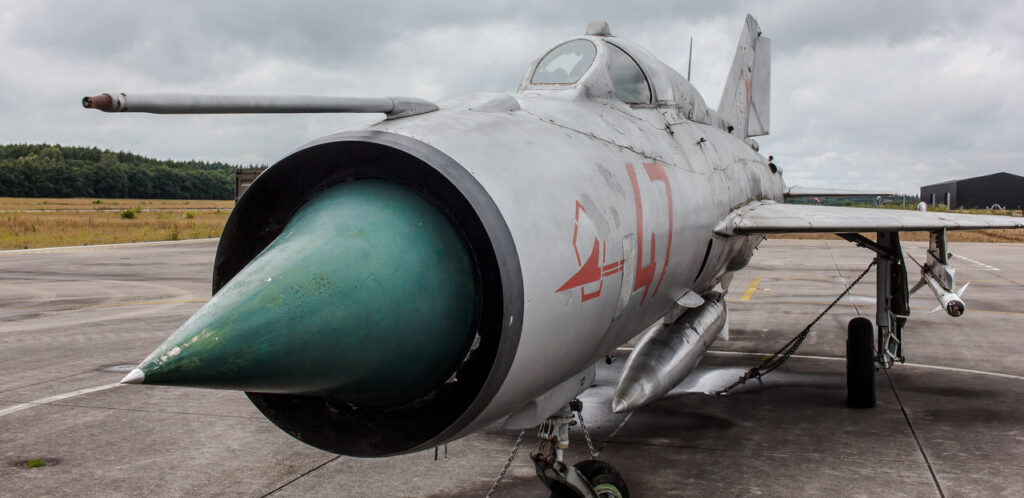
The YF-23 Fighter: Why Was This Sleek Stealth Jet Never Built?
Here’s What You Need to Know: Renderings of the YF-23 show a very sleek, stealthy-looking airplane.
The U.S. Air Force chose to build the F-22 in the 1980s following an extensive and thorough competition, a process that appears to have led to the engineering of the most dominant air-to-air platform in the world.
Interestingly, there were several other competitors also seeking to build the jet, and meet the Air Force’s supercruise, thrust, stealth and survivability requirements.
In 1986, the Air Force awarded Lockheed Martin and Northrop Grumman development deals, offering each team 50-months to build and demonstrate a prototype. Lockheed built the YF-22 and Northrop built the YF-23 stealth fighter. Lockheed won a production contract in 1991.
Why was the F-22 chosen, given Northrop’s stealth technology expertise with platforms such as the B-2?
There may be many reasons for this, most of which are likely not available. Renderings of the YF-23 show a very sleek, stealthy-looking airplane. Both the YF-22 and YF-23 had dual-engine exhaust pipes and a blended wing-body configuration. The YF-23 wings looked slightly larger and more diamond-shaped. The exhaust pipe cavities on the YF-23 were slightly more angular. The F-22 fuselage has a greater degree of wing-body blending, and a longer, more gradual horizontal slope across the top, whereas the main fuselage of the YF-23 is slightly more protruded from the wings.
Does this mean that a more angular, less-sloped external configuration made the YF-23 less stealthy? After all, vertical structures of any kind, particularly those which protrude with any kind of angle or larger shape differential, might be more susceptible to a radar return signal and therefore possibly be more detectable to enemy air-defense radar. In many respects, however, images of the two prototypes reveal interesting similarities. Any margin of difference may or may not have been greatly impactful, however, the F-22 fuselage does look more horizontal and blended.
Whatever the reason the Air Force chose Lockheed YF-22, the experience of engineering the stealth fighter undoubtedly contributed to Northrop’s fighter-jet-construction expertise. It may have informed some elements of Northrop’s design for its B-21 Raider or even contributed to work on a 6th-gen stealth fighter if in fact, Northrop has built a prototype for the well-known Next-Generation Air Dominance program. While this is not known, as no vendor has officially confirmed the existence of a prototype 6th-Gen plane, the Air Force has announced that it has flown one.
The air dominance superiority of the F-22 continues to inspire current Air Force efforts to modernize the stealth fighter and support its plan to fly it quite possibly all the way until 2060. This is being accomplished with software-driven weapons upgrades, stealth coating improvements, communications enhancements and a new generation of radars and sensors for the fighter. Most of all, this is likely the case given the widespread consensus that the F-22 is simply unparalleled in terms of performance, speed, maneuverability and dogfighting capability.
Northrop’s YF-23 may not have been far behind, given that the Air Force initially chose both Lockheed and Northrop proposals to build the aircraft. Perhaps both jets could operate at “supercruise” speeds, meaning they could achieve prolonged supersonic flight missions without needing its afterburners. This of course massively extends mission effectiveness, overall speed, time to target and dwell time enabling greater target acquisition as well.
Kris Osborn is Defense Editor for the National Interest. Osborn previously served at the Pentagon as a Highly Qualified Expert with the Office of the Assistant Secretary of the Army—Acquisition, Logistics & Technology. Osborn has also worked as an anchor and on-air military specialist at national TV networks. He has appeared as a guest military expert on Fox News, MSNBC, The Military Channel, and The History Channel. He also has a Masters Degree in Comparative Literature from Columbia University.
This article first appeared earlier this year.
Image: Flickr


